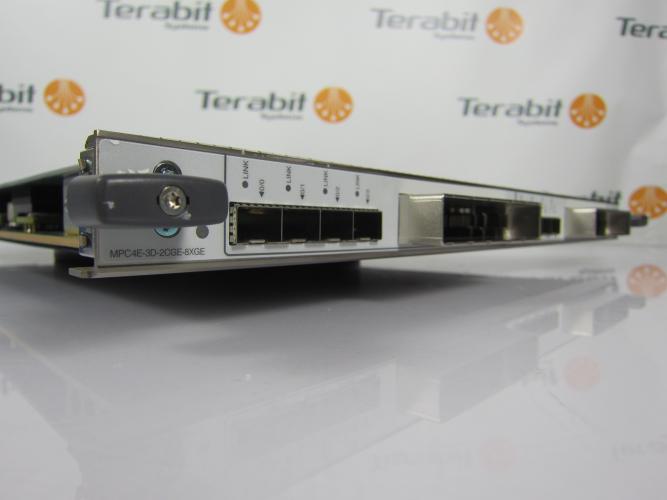Juniper MPC 100G Comparison
JUNIPER MPC 100G Comparison
With the advent of streaming content, 100G networks have become more common than ever. What was once only a speed required by tier1 service providers and CDNs is now proliferating into the smaller data center market segment. Most savvy network operators look to strike a balance between required features, scalability, and budget and with several 100G options and varying availability, it’s important to understand what Juniper 100G MPC is right for your network.
Below I’ve done a very basic comparison of the various Juniper 100 Gigabit ethernet options available in the Juniper MX product line (Note: I have excluded the MX2010/2020 line as they are not compatible with the MX240, MX480, MX960 chassis).
100-Gigabit Ethernet MIC with CFP/CXP
- One 100-Gigabit Ethernet port
- Power requirement: 0.83 A @ 48 V (40 W)
- Weight: 1.94 lb (0.88 kg)
- Model number: MIC3-3D-1X100GE-CFP, MIC3-3D-1X100GE-CXP
- Name in the CLI: 1X100GE CFP
PRO: Fits in modular MX-MPC3E-3D, which allows for versatility in port configuration, cheaper on secondary market, optics are less expensive than newer models
CON: Older CFP and CXP port form factor, only supports 2x100G throughput per chassis slot
- Fixed configuration MPC with two 100-Gigabit Ethernet ports and eight 10-Gigabit Ethernet ports
- Power requirement: 12.7 A @ 48 V (610 W)
- Weight: 19.4 lb (8.8 kg)
- Model number: MPC4E-3D-2CGE-8XGE
PRO: Low cost per port, readily available used, optics are less expensive than newer models, supports throughput of up to 260 Gbps
CON: Fixed configuration, older CFP form factor, lacks some features
2x100GE + 4x10GE MPC5EQ
Fixed-configuration MPC with two 100-Gigabit Ethernet ports and four 10-Gigabit Ethernet ports
- Weight: 21 lb (9.52 kg)
- Model number: MPC5EQ-100G10G
- Name in the CLI: MPC5E 3D Q 2CGE+4XGE
PRO: Supports OTN (optical transport network), CFP2 is smaller more modern optic, Line-rate throughput of up to 240 Gbps, Supports hierarchical QoS (HQoS)
CON: Half the number of 10G ports than MPC4E model.
- Fixed-configuration MPC with 10-Gbps, 40-Gbps, and 100-Gbps port speeds
- Weight: 15.7 lb (7.12 kg)
- Model number: MPC7E-MRATE
- Name in the CLI: MPC7E-MRATE
PRO: Modern product line, up to 4x100G QSFP28, low cost per port, Line-rate throughput of up to 480 Gbps on MX240, MX480, and MX960 routers
CON: Currently rare on secondary market, more expensive than other options
Let me know if you have any questions. You can reach me via email at charles@terabitsystems.com or call me at +1 (415) 483-1190.

